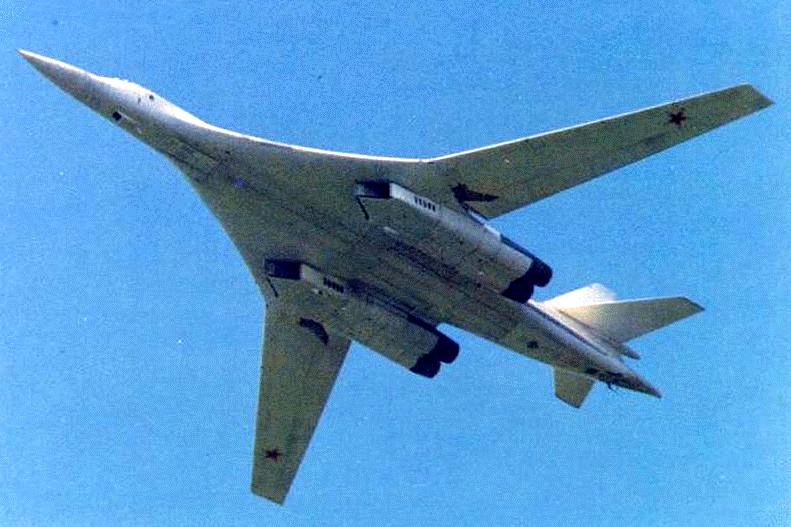Welcome to NW Canadian Defense Solutions Aerospace Division showcases its line of Bombers.
Please be careful where you step and please keep your hardhat on at all times due to the ongoing construction of our show rooms.
We do hope you find the systems you require to fulfill your Defensive needs here at NW Canadian Defense Solutions!
If you do not see what you require please speak to one of our Sales Team and they would be more than happy to assist!
OOC:
Please do not place orders in this thread.
All orders are to be placed at the main NW Canadian Defense Solutions Storefront
Orders placed in this thread will be ignored.




